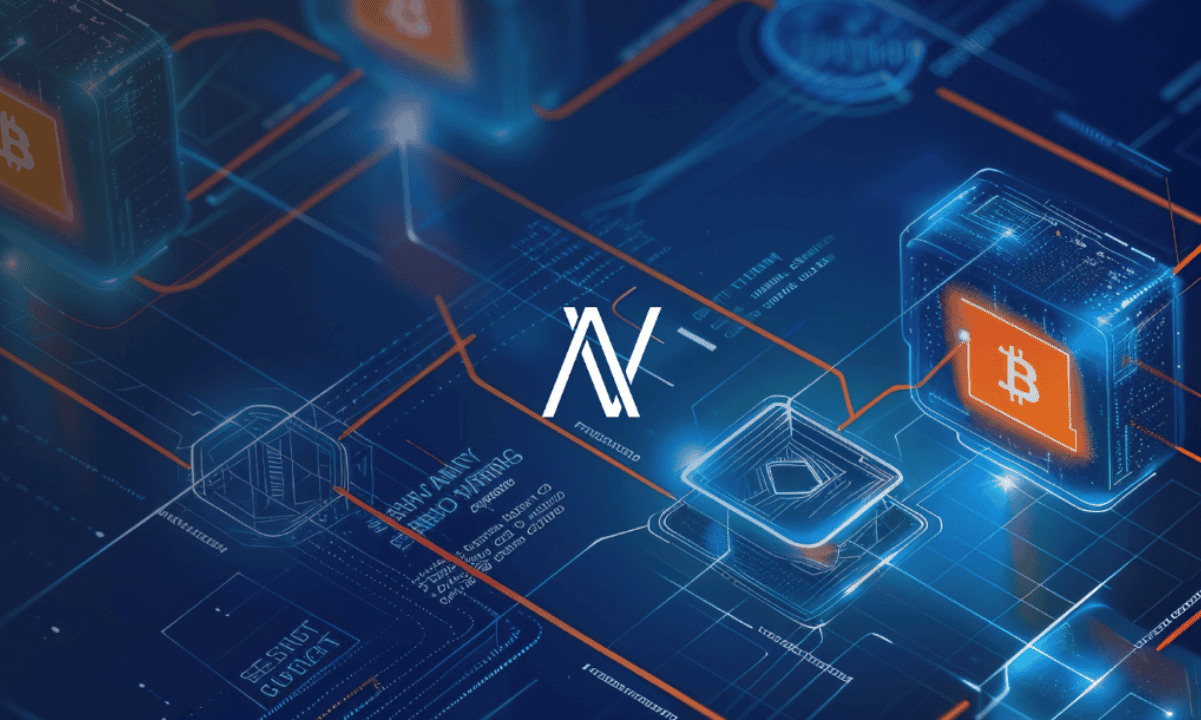Rethinking Enterprise: Alessio Vinassa on How Web3 is Reshaping Business Structures
The way we build, lead, and grow businesses is going through a seismic shift. For more than a hundred years, the corporate world has been shaped by somewhat traditional hierarchies: CEOs are at the top, departments are positioned below, and the entire structure is composed of rigid chains of command. But in an increasingly digital […]

The way we build, lead, and grow businesses is going through a seismic shift. For more than a hundred years, the corporate world has been shaped by somewhat traditional hierarchies: CEOs are at the top, departments are positioned below, and the entire structure is composed of rigid chains of command. But in an increasingly digital and interconnected world, these legacy structures are now starting to show their age.
Web3 is, without a shred of a doubt, challenging those norms, not just with technology, but also with a completely new mindset. It introduces a way of building companies that are more agile, transparent, and inclusive. For entrepreneurs, especially those seeking international business growth, this represents a generational opportunity to rethink how organizations are formed and operated.
The End of the Traditional Corporate Pyramid?
Within traditional models, organizations are usually structured for control and predictability. Decisions tend to flow from the top. Shareholder value dominates, while innovation happens in isolated research and development departments.
In today’s fast-paced digital landscape, however, these centralized systems often hinder development and stifle creativity.
Web3 offers a compelling alternative: organizations that are community-governed, decentralized, and open by design. These structures enable businesses to move faster, attract global talent from the outset, and make more informed decisions overall.
Alessio Vinassa, a global business leader and advocate for decentralized innovation, says:
“We’re not just rethinking software. We’re rethinking structure. Web3 allows entrepreneurs to design businesses that scale trust, not bureaucracy.”
The Rise of DAOs and Protocol-Based Organizations
At the heart of this notable shift are DAOs (decentralized autonomous organizations). They are internet-native entities that work through smart contracts, as well as collective governance. There are a few ways they are different from the traditional model.
For example, there’s no central chief executive officer. The decisions are made via voting, which is often weighted by contribution or token ownership.
The operations are also transparent. Everything from funding to building roadmaps is visible on-chain.
They are also global from the start. Contributors can join from anywhere, and participation isn’t limited by title or geography.
This model is quite powerful, especially for entrepreneurs targeting international markets, where building a traditional company can be very expensive, cumbersome, or subject to unpredictable regulations. In contrast, DAOs enable founders to launch initiatives with low overhead, high flexibility, and instant access to a global talent pool.
Business Growth Through Decentralized Incentives
One of the most prominent aspects of Web3 enterprises is their incentive structure. In contrast to relying on salaries or equity that are typically offered behind closed doors, contributors are often rewarded transparently and programmatically through tokens, bounties, or profit-sharing mechanisms.
There are a number of advantages to this:
- Attract mission-driven and aligned talent quickly
- Boost early participation and loyalty
- Align stakeholder incentives for long-term growth
By getting rid of traditional bottlenecks and empowering contributors at the same time, Web3-native businesses can achieve quicker development and more organic business growth. This is especially true when scaling across international ecosystems.
Speaking on the matter, Alessio Vinassa notes:
“Web3 business structures aren’t just efficient – they are also inspiring. When people have a voice and a stake, they show up differently. That’s how real innovation happens.”
Of course, all of the above also come with a certain set of challenges and growing pains. For example, decentralized enterprises have to address legal uncertainty because many jurisdictions still don’t recognize them as legal entities.
There’s also governance risk because poorly designed voting systems can easily lead to gridlock or manipulation. Moreover, onboarding new contributors often comes with a steep learning curve when it comes to using blockchain tools.
But all of these are solvable and we’re already seeing new legal frameworks, governance best practices, as well as user-friendly tools emerge to support this development.
Conclusion
Contrary to what many seem to think, Web3 doesn’t just disrupt industries – it disrupts the way we build them. For entrepreneurs who are ready to leave behind the centralization of legacy centralized management, there’s a whole new frontier out there waiting – one that rewards openness, scales innovation, and empowers contributors by design.
To know more about Alessio Vinassa and his business philosophies, visit his website.
Instagram | Facebook | X (Twitter)
Disclaimer: The above article is sponsored content; it’s written by a third party. CryptoPotato doesn’t endorse or assume responsibility for the content, advertising, products, quality, accuracy, or other materials on this page. Nothing in it should be construed as financial advice. Readers are strongly advised to verify the information independently and carefully before engaging with any company or project mentioned and do their own research. Investing in cryptocurrencies carries a risk of capital loss, and readers are also advised to consult a professional before making any decisions that may or may not be based on the above-sponsored content.
Readers are also advised to read CryptoPotato’s full disclaimer.
The post Rethinking Enterprise: Alessio Vinassa on How Web3 is Reshaping Business Structures appeared first on CryptoPotato.







